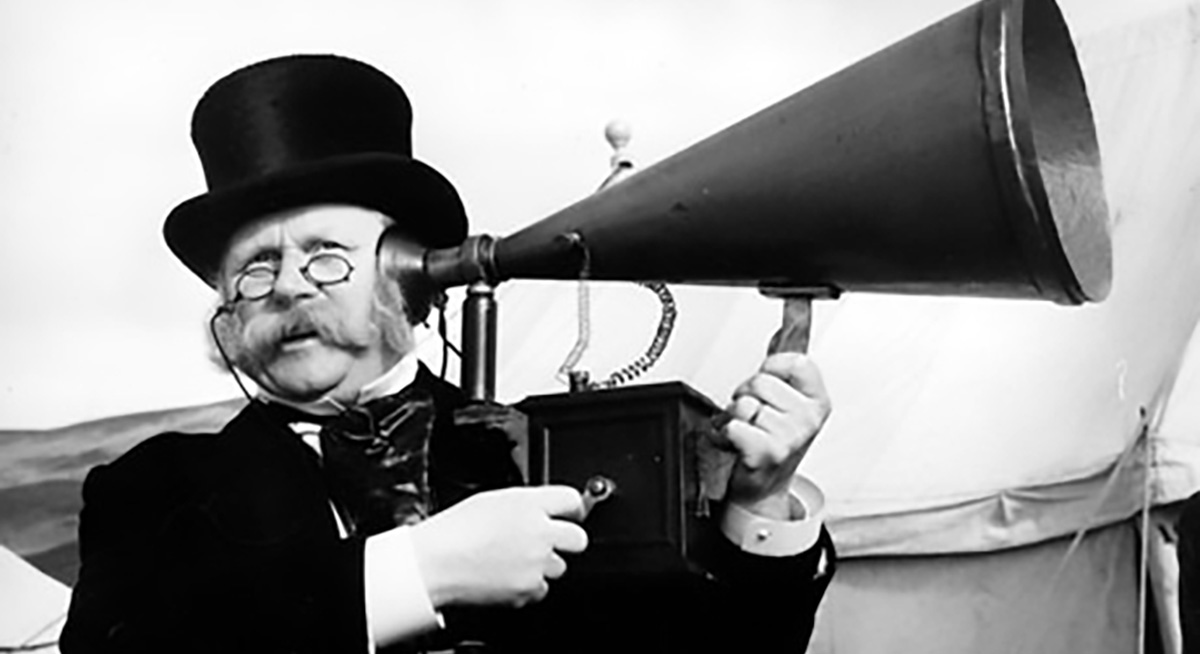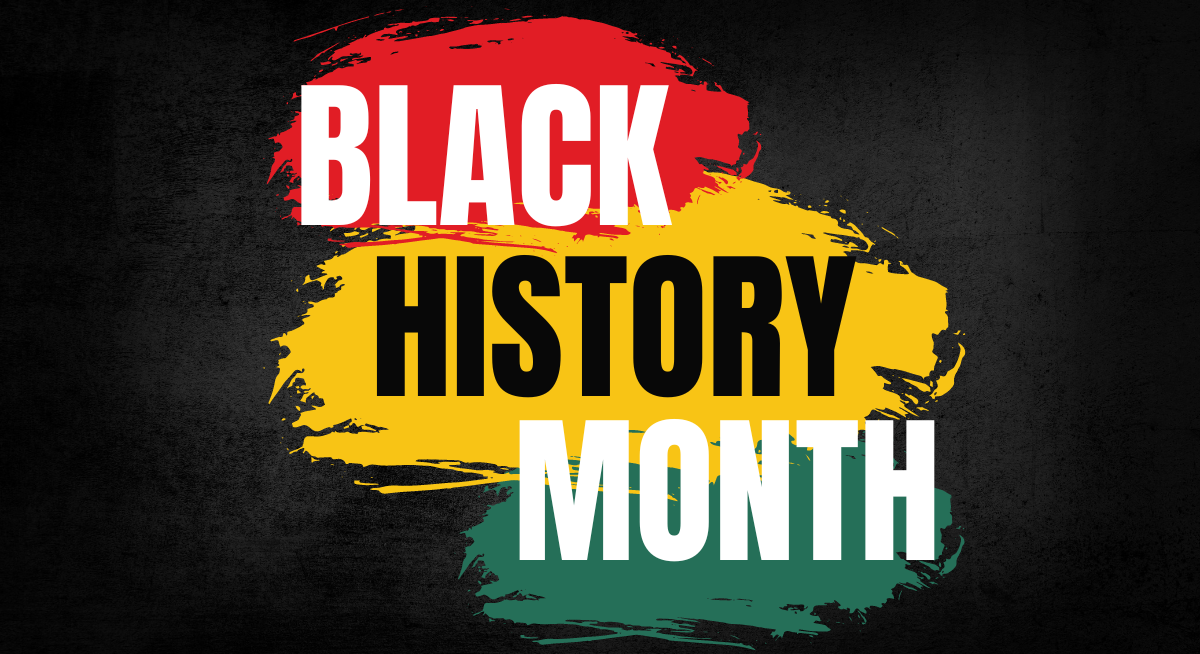The History of Ear Megaphones
The idea of a trumpet for your ear might have looked a bit weird, but it was great. Some people called it an ear megaphone or maybe just a hearing aid. A funnel that collects all the sounds nearby and centers them on the ear is an example of “good idea, bad execution.” Although the technology was not as good as it is today, people still found a way to be able to hear better.
In the early 13-19th century people began using hollowed out ram or cow horns as a funnel to get a better sound. Since there were not a lot of technological advances the hearing aid community was stuck holding horns up to their ears. These horns were used for a long time, until Thomas Edison came along and made the world’s first carbon transmitter. The carbon transmitter was a big step towards the modern hearing aid.
By the early 1920s, the hearing aid had advanced, and a sound amplifier had gone from the size of a refrigerator to a wearable FannyPack. The size of the hearing aid had gotten smaller and smaller after WWII, as technology advanced. In 1952 Norman Krim created junction transistors which made it possible for hearing aids to be worn inside or behind the ear. From there the technology kept getting better and better and by 1996 the first fully digital hearing aid was created.
Today the battery life, audio, and microphone get better with each model. Hearing aids are being made smaller and smaller to become even more unnoticeable.
Post authored by GSC Vice President Isai Lujan-Ramirez
Photograph Credit: Ronald Grant Archive, Copyright: RONALD GRANT







